Training with simulated altitude using the appropriate protocols has produced remarkable and documented improvements in performance in very short periods of time. The key to achieving maximum benefits from altitude is to create the consistent environment required and utilizing training protocols specifically designed to achieve the desired results.
Along with the proven benefits to athletic performance, there is mounting scientific evidence that altitude exposure has a measurable positive impact on weight loss and equine performance. There is also mounting anecdotal evidence that a host of medical conditions including those characterized by diminished red blood cell counts, may be improved with the use of simulated altitude. Altitude International is committed to maintaining its leadership role in all altitude related research and commercial applications and is establishing relationships with leading medical and physiology experts to lead these potentially life-changing research and development efforts.
There is an enormous amount of medical studies and research covering the positive effects of altitude training. The content continues to grow as altitude training and the research associated with it become increasingly prevalent and eye-opening. The following section provides links to just some of these relevant studies.


























